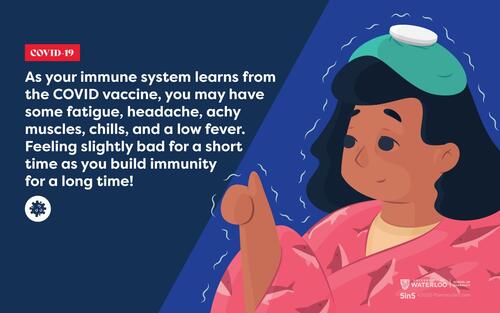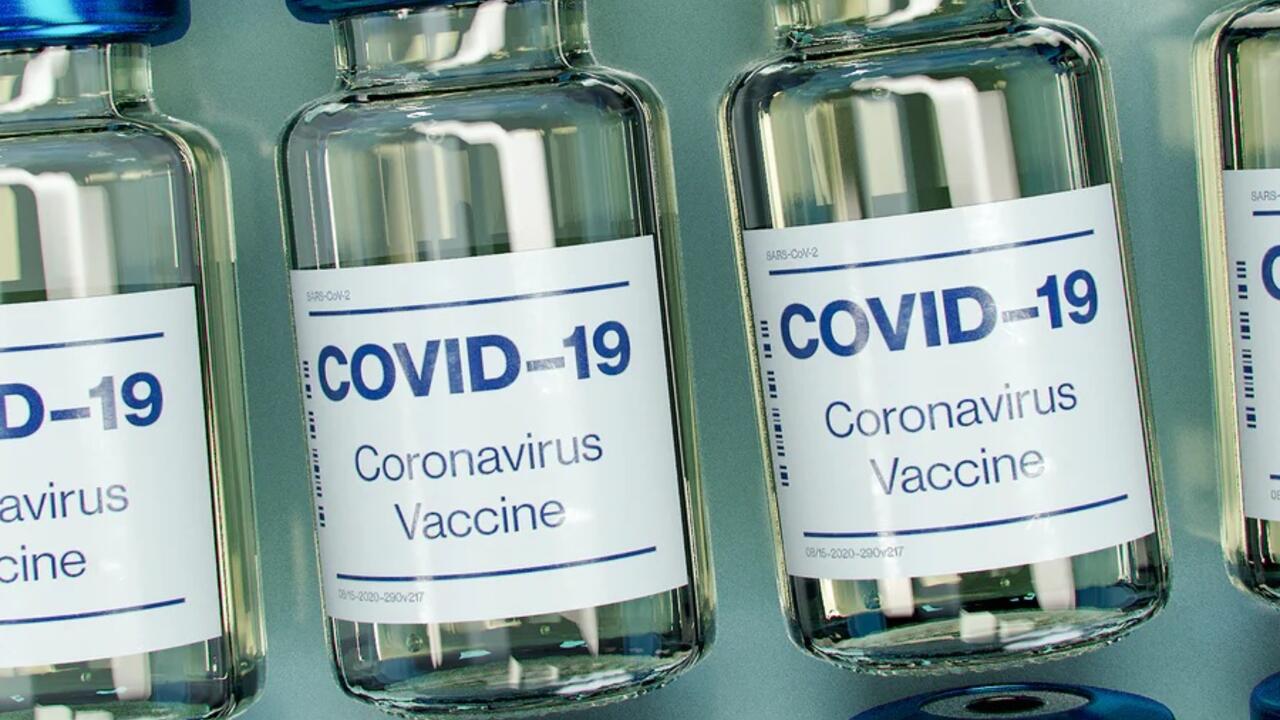How long do the vaccines protect against COVID-19?
Both vaccines appear to start to provide some protection within about a week of the first dose, but the full effect occurs after the second dose. The doses are given 3 weeks apart for the Pfizer BioNTech vaccine, and 4 weeks apart for the Moderna vaccine. We are waiting for long-term data to know how long the protection will last with either vaccine, and if booster doses will be needed after a certain time period such as every year or every 5-10 years.
Does the vaccine work differently for different people?
The Pfizer vaccine appears to have a similar benefit across age groups, but adults aged 55 and over tend to have fewer side effects than younger people.
The Moderna vaccine may have slightly less effect in people 65 or older, but it is not yet clear if there is a true difference.
Both vaccines may also be less effective for people who are immunocompromised.
Who should get the vaccine, who shouldn’t?
To date, the vaccines have been tested in adults who are not pregnant. As a result, the vaccine is not currently being offered to children, though studies are now underway in children aged 12 and older. The vaccine can be administered to pregnant and breastfeeding individuals, but until more is known about the safety of the vaccine in pregnancy and breastfeeding, the risks and benefits need to be carefully considered. For example, pregnant or breastfeeding individuals who have a high risk of COVID exposure may opt for the vaccine, while others who are relatively isolated at home may not. Until more is known, the decision will be highly individualized.
The vaccines are contraindicated for anyone with an allergy to one of the ingredients, including polyethylene glycol. Health Canada does not currently recommend that people with a history of severe allergic reactions in general avoid the vaccine. Instead, as per standard vaccination practices, everyone should be monitored for at least 15-20 minutes after the vaccine to watch for an allergic reaction. Further, if anaphylaxis occurs with the first dose of the vaccine, a second dose should not be administered.
People who have an illness with fever may also be asked to wait to receive the vaccine. Further, people who have been diagnosed with COVID in the last 90 days may be asked to wait to receive the vaccine when supplies are limited as the infection may provide some early protection.
What are some of the most common side effects of both vaccines?
Most people are going to have a sore arm 1-2 days after the vaccine. Over half will feel a bit tired and may have a headache, and a third of people may experience muscle and joint pain and chills. Up to 2 in 10 will have a mild fever (<39oC). These are all signs the vaccine is working. Rarely, people may also experience some swollen glands, similar to when they have a regular cold or flu.
It should be noted that the side effects of the mRNA COVID vaccines are similar to the side effects felt after shingles or tetanus vaccines, but are probably a bit worse than the annual flu shot. The side effects are stronger in younger people and after the second dose. One strategy is to schedule a COVID vaccine at the end of the work week so the side effects happen during a planned break.










